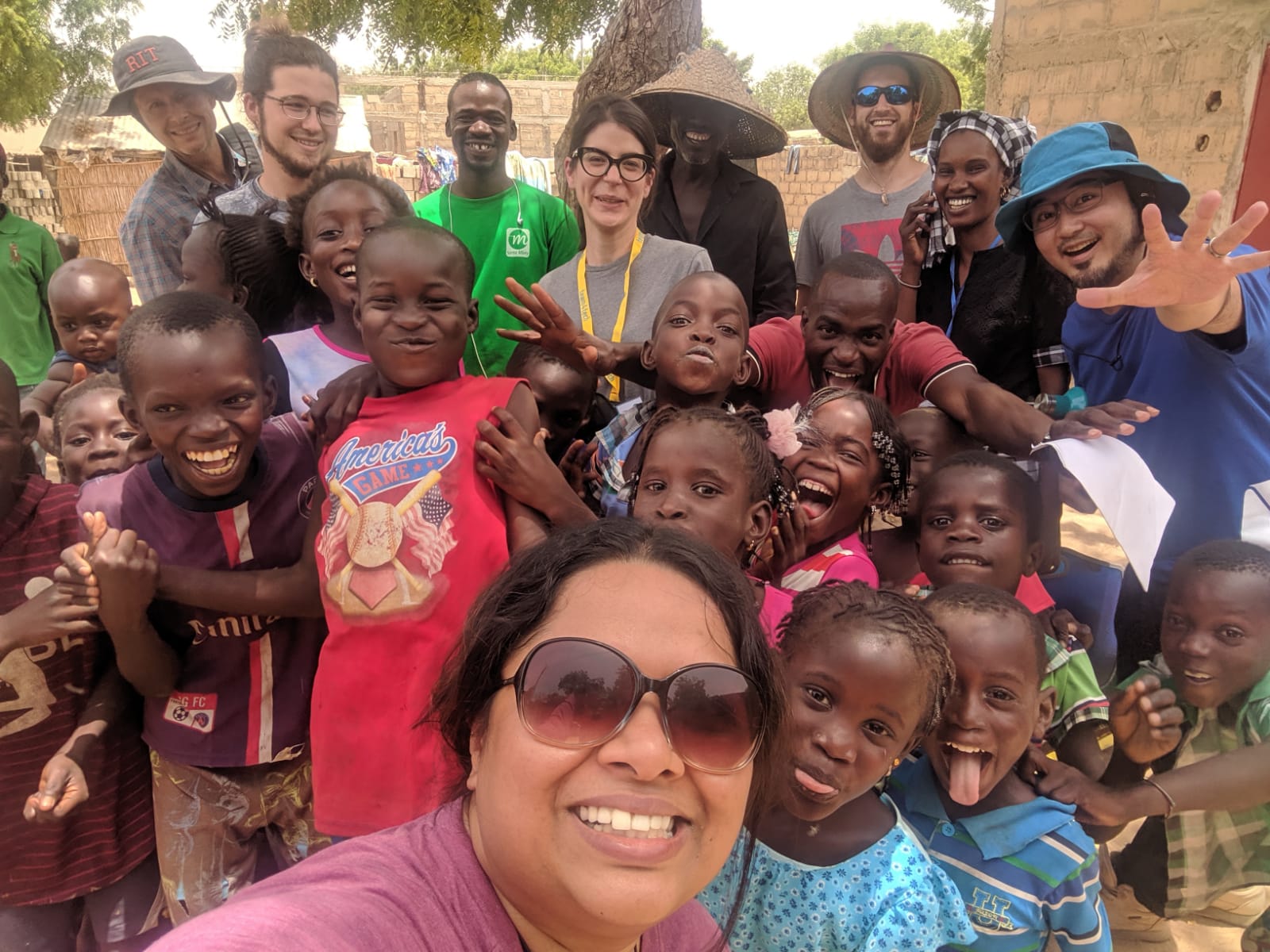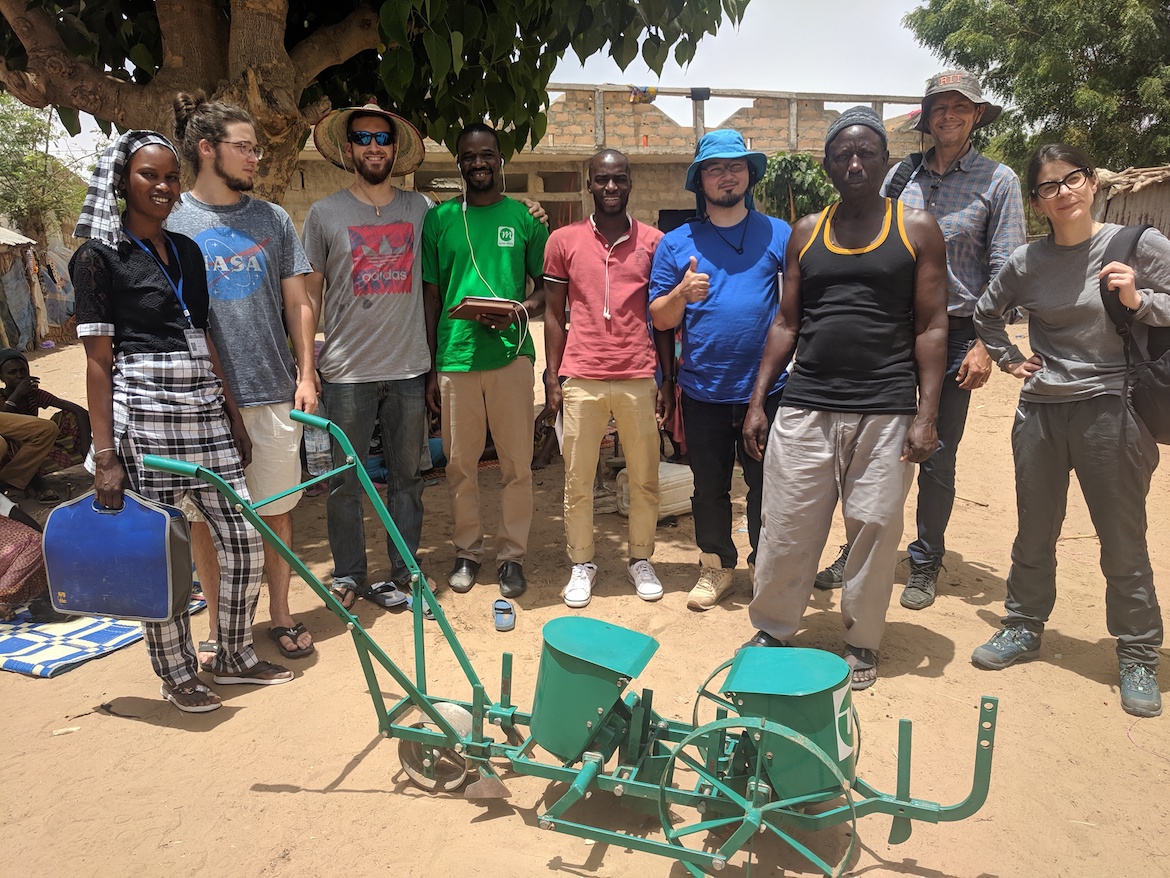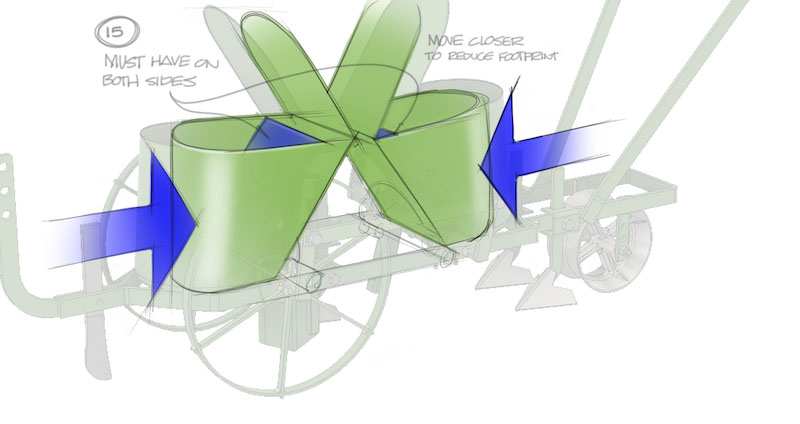
How Tortoiseshell created a fake veteran hiring website to host malware
September 24, 2019
The Criticality of the Network in Securing IoT and Critical Infrastructure
September 25, 2019Seeding Change for Farmers in Senegal, with Customers and Colleagues



Autodesk colleagues traveled to Senegal to work with MyAgro and their community of farmers.
Autodesk is a company that empowers its people to make an impact around the globe. That’s why we have pro bono volunteer opportunities that allow employees like me to use their own on-the-job skills to help solve real-world problems.
In June, I joined an international group of colleagues for a project in support of an Autodesk Foundation grantee in Senegal, myAgro. MyAgro is a non-profit social enterprise based in Mali, Senegal, and Tanzania that has pioneered a mobile layaway model for farmers to invest their own funds in high-quality seed, fertilizer, tools, and agricultural training to significantly increase their harvests and income.
Now, before I go into the details of the project, how about we take a step back for a moment and think about the big picture here? As a grantee of the Autodesk Foundation, myAgro has received funding support to help them achieve their mission of moving small farmers out of poverty. Check the box for amazing right there. Now, throw on top of that the fact that eight employees from around the globe came to Africa to assist, consult and roll up their sleeves to work with myAgro? Quite literally unbelievable. Makes me proud to work here.
The people I worked with on this amazing endeavor brought a diversity of skill sets, origins, passions, abilities and experience to our project. It was incredible to come together in Senegal to work with them. It was a once-in-a-lifetime experience for us, and for the team at myAgro. To add an additional level of Autodesk connection, once our team arrived in Senegal we found Brandon Maynard, a mechanical engineering student from Montana State University, working for MyAgro as an Autodesk intern.

Autodesk Pro Bono team members with myAgro farmers and myAgro’s precision planter, the semoir.
Over our twelve days onsite, the main goal of our team was to help myAgro elevate and improve their workflow, marketing and most importantly, their products. We spent the first few days in the field learning about myAgro’s offerings— seeds, fertilizers and most importantly, their precision planter, the semoir. The semoir is a traditional planting tool and myAgro has one that combines planting and fertilization in one step—a process called “microdosing” because a small amount of fertilizer is deposited with each seed. Like all good products, there’s always room for improvement in function, cost, sales and marketing.
As an industrial designer, I was super excited to see our diverse team come together over the different phases of the project. We consulted on marketing strategy, product ideation and design thinking training for the myAgro staff, helping them use our collected data to recommend programs for them to improve usage and adoption of their tools. We discussed how social selling, customer experience programs, seasonal agriculture educational campaigns, and better training for farmers can help them capitalize on myAgro’s microdosing technique. Our team also presented design suggestions for the semoir after the on-the-ground research and study. Using Autodesk Fusion 360, we sketched new design concepts for the semoir to make it lighter and easier to use.

A design concept sketch created with improvement suggestions for the semoir.
MyAgro is already seeing great success in their mission is to improve economic opportunities for smallholder farmers in poverty; the program has already helped farmers achieve 50-100% increases in their yields and 50%+ increases in income. In 2018, alone myAgro worked with more than 60,000 farmers and helped move more than 600,000 people out of poverty. By 2025, myAgro aims to work with 1 million+ smallholder farmers (supporting 10 million family members) to increase their income by $1.50 per farmer per day to move out of poverty.
The experience of being a part of this amazing team is something I’ll treasure forever. I’m grateful to the farmers and employees of myAgro for their hospitality in their fields, homes and offices, and to my colleagues for teaching me new ideas and for supporting each other before, during, and after the trip. I look forward to seeing how myAgro’s work can help lead to better yields for the farmers we spoke with, along with the other 1 million+ farmers they hope to reach by 2025.

myAgro farmers, staff and farmer’s children enjoy a laugh with some of the Autodesk pro bono team members.
I’m especially grateful to Autodesk for recognizing and investing in employees globally who are making a better world, not just at work, but in their communities and in other underserved populations. Autodesk also supports my volunteer efforts at home with a donation matching program, amazing volunteering incentives and our global month of impact. The Autodesk Foundation has a knack for discovering and supporting entrepreneurs and innovators that use design to drive positive environmental and social impact and I’m so glad they introduced me to the work of myAgro.

